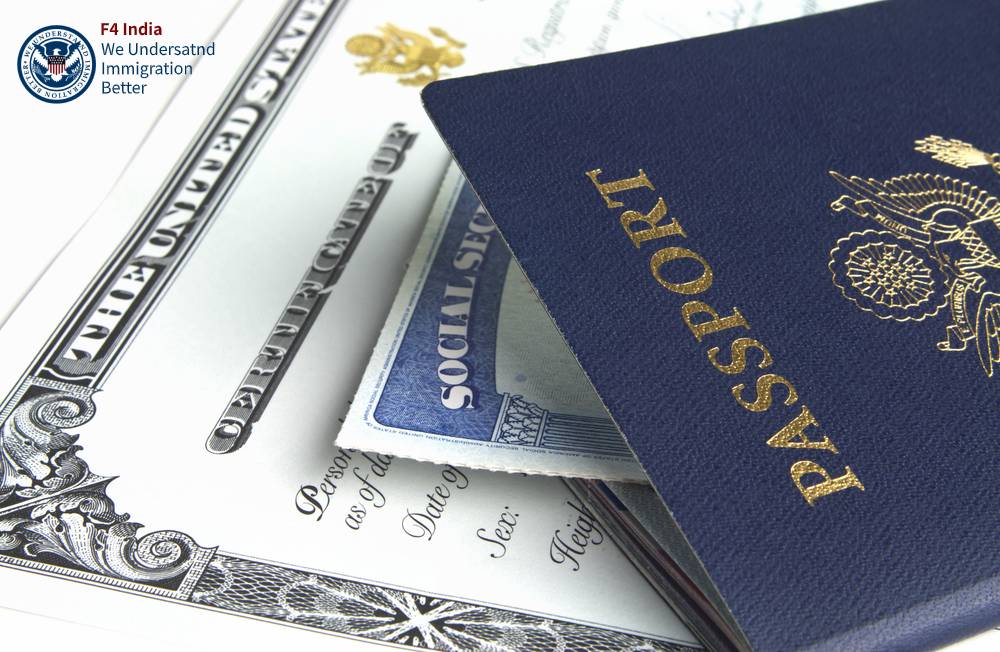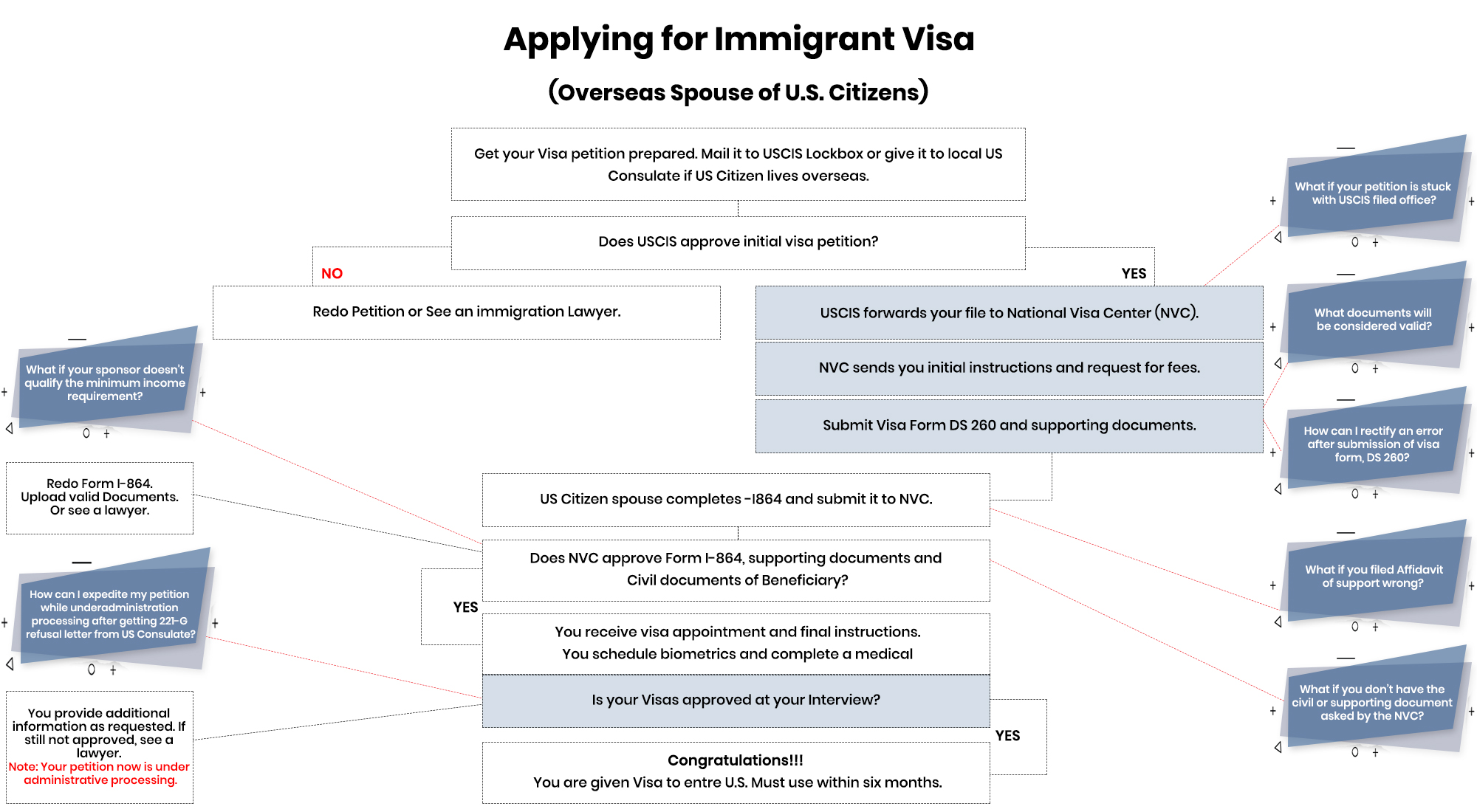Too Long Stay in Abroad May Affect Eligibility for Your Naturalization

Refused or Denied Entry to the US
You must have resided continuously in the United States for at least five years, as a permanent resident, to become eligible for naturalization. An exception is if you are a qualified spouse of a United States citizen, in which case your continuous residence must be at least three years to qualify for naturalization.
You must also have permanent residence from the time you file Form N-400 by the time of naturalization (i.e. take the naturalization oath and become a United States citizen).
Generally, you can file your naturalization application up to 90 days before reaching the 3/5-year continuous residence period. This is known as the initial filing period of 90 days.
Your LPR status begins when USCIS approves your application for adjustment of status or when you enter the United States on an immigrant visa. For some groups, the LPR may begin before the actual approval date (commonly known as the "rollback" date). For example, USCIS generally considers the date of asylee’s admission to be the LPR from which the adjustment application was approved a year earlier.
Breaks in Continuity of Residence
Continuous residence involves maintaining a permanent place of residence or principal residence in the United States for a period of time required by law. Federal regulation defines residence as your domicile or principal actual residence, regardless of your intent. The duration of your stay is calculated from the time you first set up residence at a particular location.
That way, if you make a list of foreign residences and during the 3/5-year legislative period, there is no contemporary United States address on the naturalization application, you may have difficulty meeting this requirement. Is.
If you have broken the continuity of residence because you have lived abroad for a very long time, you cannot file your naturalization application as early as 90 days before meeting the requirement for permanent residence.
Continuous residence is associated with the time you live in the United States without any absence in order to "break" the continuity of naturalization in the United States. There are two types of absences from the United States that break the continuity of residence for naturalization purposes:
For Example: Sunita Patel was absent from the United States from September 19, 2018 to July 26, 2019. Her absence of 280 days is presumed to break the continuity of residence because it lasted more than 6 months. Any time spent in the United States prior to Oct 19, 2018 presumably does not count toward her continuous residence.
However, she may reject the notion of a barrier to continuous residence in order to be able to naturalize. she must provide proof that she has not been disrupted during his stay abroad, such as holding a job in the United States and not finding employment abroad; Maintain a physical residence in the United States to which she has full access (e.g. her own house or lease a home and immediate family members or strong family ties in the United States).
Eligibility after break in Continuous residence (due to non physically presence for more than six months but less than 1 year): Reconsider or wait at least six months before reaching new legal term
Thus, if Sunita Patel does not reject the notion of permanent residency, she will have to wait at least 6 months before reaching the five years anniversary of the new legal period upon her return to the United States. In this example, the new legal term began on July 26, 2019, when Sunita Patel returned to the United States. The first time she can apply for (or re-apply for) naturalization is Jan 26, 2024, at least six months after the end of the relevant legal period.
Thus, if Sunita Patel does not rebut the presumption of a break in continuous residence, she must wait until at least 6 months from reaching the 5-year anniversary of the new statutory period following her return to the United States. In this example, the new statutory period began on June 26, 2018, which is when Melinda returned to the United States. The earliest she may apply (or re-apply) for naturalization is December 26, 2022, i.e. at least 6 months from the end of the relevant statutory period.
Example: Rinkesh was absent from the United States from December 11, 2015 to January 11, 201. His absence of 396 days absolutely breaks the continuity of residence because it lasted more than a year. Any time spent in the United States prior to December 11, 2015 does not count toward his continuous residence.
Unless the Rinkesh has an approved Form N-470, application to secure residence for naturalization purposes, USCIS must refuse a naturalization application if he fails to meet the continuing housing requirement if the applicant is 1 year or he has been continuously absent for more than the legal period. A Form N-470 reserves residency for LPLs who have eligible employment abroad with the United States Government, the private sector, or a religious organization.
Eligibility after break in Continuous residence (due to absence for 1 year or more): 4 years and 1 day—2 days and 1 day or 4 years and 6 months —2 years and 6 months
When there is a sudden break in the continuous residence due to absence for a 1 year or more:
If you are subject to a 5 year continuous residency requirement, you will have to wait at least 4 years and 1 day after re-entering to become a naturalizer and residing in the United States. (Once 4 years and 1 day have passed since your return to the United States, the period of absence from the United States that has occurred within the last 5 years is now less than 1 year.)
If you are subject to a 3 year continuous residency requirement, you will have to wait at least 2 years and 1 day after re-entering and continuing residency in the United States for naturalization. (Once 2 years and 1 day from the date of your return to the United States, the period of absence from the United States within the last 3 years is now less than 1 year.)
Counting 4 years and 1 day or 2 years and 1 day after your return to the United States - is not enough to determine if you meet the need for permanent residency. Since the period of absence within the last 5 years (or 3 years) is still more than 6 months, you should also eliminate the notion of taking a break in continuous residence.
But if you wait to return to the United States and apply for naturalization for at least 4 years 6 months (or 2 years 6 months) after resettlement, there is no chance of a break in residence. The reason is the absence period before the N-400 application which is now less than 6 months.
How Absence from the United States during the Legislative Period Affects Ability to Naturalize:
|
Duration of Absence |
Must Applicant Overcome Presumption of a Break in the Continuity of Residence? |
Eligible to Naturalize? |
| 6 months or less | No *(See Note 1 below) | Yes |
| More than 6 months but less than 1 year | Yes | Yes * (See Note 2 below) |
| 1 year or more (without USCIS approval via N-470 process) | Not eligible to apply | No |
|
Provision |
Absence During Statutory Period |
May Apply for Naturalization After |
| INA 316 5-year statutory period | More than 1 year | 4 years and 6 months, OR 4 years and 1 day (but must overcome presumption of break in continuous residence) |
| INA 319 3-year statutory period | More than 1 year | 2 years and 6 months, OR 2 years and 1 day (but must overcome presumption of break in continuous residence) |
USCIS will consider the entire period from the time of LPR entry until now when it determines whether you meet the need for permanent residency. It will mostly focus on whether you have maintained permanent residence in the United States during the legislative term.
If you have traveled outside the United States for six months or more since becoming a permanent resident, you must have proof that you have continued to maintain a permanent residence / physical address in the United States and your While maintaining ties with the United States Absence
Frequent trips or stops abroad, even for less than six months, can cause problems. If you cannot show your actual place of residence in the United States or are not able to show residency in the United States for a legal period, USCIS may find that you do not meet the need for permanent residence, even in your entire personal absence was less than six months.
If you would like to learn more about eligibility for naturalization, you must contact our immigration attorney to be able to apply for naturalization, especially if you have traveled abroad for more than six months during the legislative period
This article provides general information only. It is based on U.S. Immigartion laws, rules and policies that are subject to change. Don't take this as legal advice for any individual case or situation. Every legal case is different and case examples do not predict or guarantee success or failure in any other case. Sharing or receiving this information does not constitute an attorney-client relationship.

